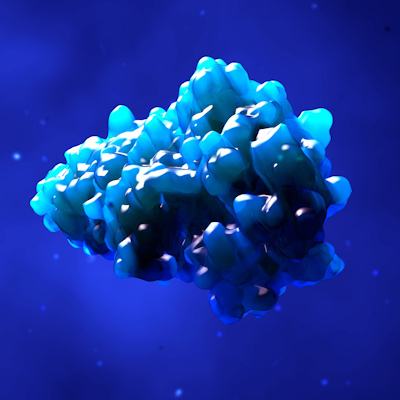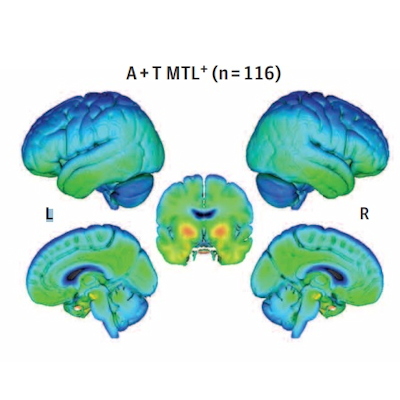December 12, 2022 -- New research demonstrates a novel synthetic peptide’s ability to selectively detect and neutralize an early molecular trigger of Alzheimer’s disease, with an eye towards early diagnosis and treatment of other amyloid diseases.
A study published December 9 in the journal Proceedings of the National Academy of Sciences (PNAS) demonstrates a platform's ability to detect Alzheimer's disease at presymptomatic stages and differentiates Alzheimer's from other amyloid-related neurodegenerative diseases. The platform, developed by privately held biotech company AltPep, built upon technology developed at the University of Washington.
Early diagnosis and treatment for Alzheimer's and other amyloid diseases have been elusive. Current treatment options are deployed too late, after a patient has symptoms. Early intervention 10 to 20 years before clinical signs appear may prevent irreparable damage.
Amyloid diseases are associated with protein misfolding and the aggregation of toxic soluble oligomer proteins. For Alzheimer's disease, the formation of toxic amyloid beta-peptide (Aβ) oligomers is an early molecular trigger before downstream events including plaque deposition and abnormal tau phosphorylation occur. Researchers demonstrated customized alpha-sheet peptides' ability to both detect and neutralize these toxic oligomers in cerebrospinal fluid and blood.
Alzheimer's disease detection was achieved by testing 379 human plasma samples from 310 patients. The soluble oligomer binding assay (SOBA) detected Aβ toxic oligomers in Alzheimer's patients and discriminated Alzheimer's from other forms of dementia with 99% sensitivity and specificity. The assay also identified 13 samples from cognitively normal control patients with high toxic oligomer levels. Subsequently, 12 of the 13 progressed to mild cognitive impairment, indicating the assay's ability to detect molecular pathology prior to clinical symptoms.
To demonstrate the technology's broader application, cerebrospinal fluid samples from Parkinson's disease and Lewy body dementia patients were evaluated using a SOBA assay adapted for Parkinson's disease-associated toxic oligomer detection. Good discrimination between Parkinson's and Alzheimer's disease patients was found, confirming the platform's proof of concept.
"We are targeting an early molecular trigger of amyloid diseases, a goal once thought to be unattainable," coauthor Valerie Daggett, PhD, AltPep's founder and CEO, said in a statement. "Our novel peptide platform is designed to selectively bind toxic oligomers, which is like finding a needle in a haystack."
Copyright © 2022 scienceboard.net












